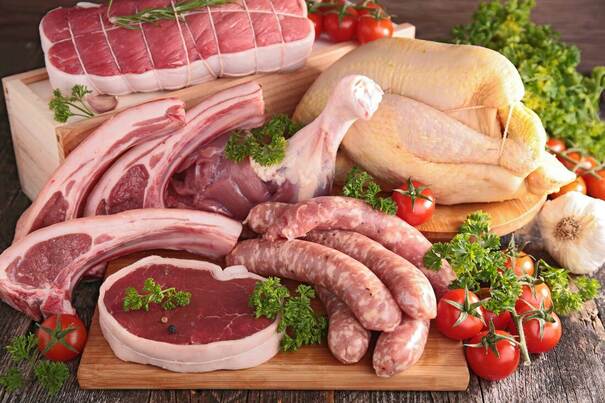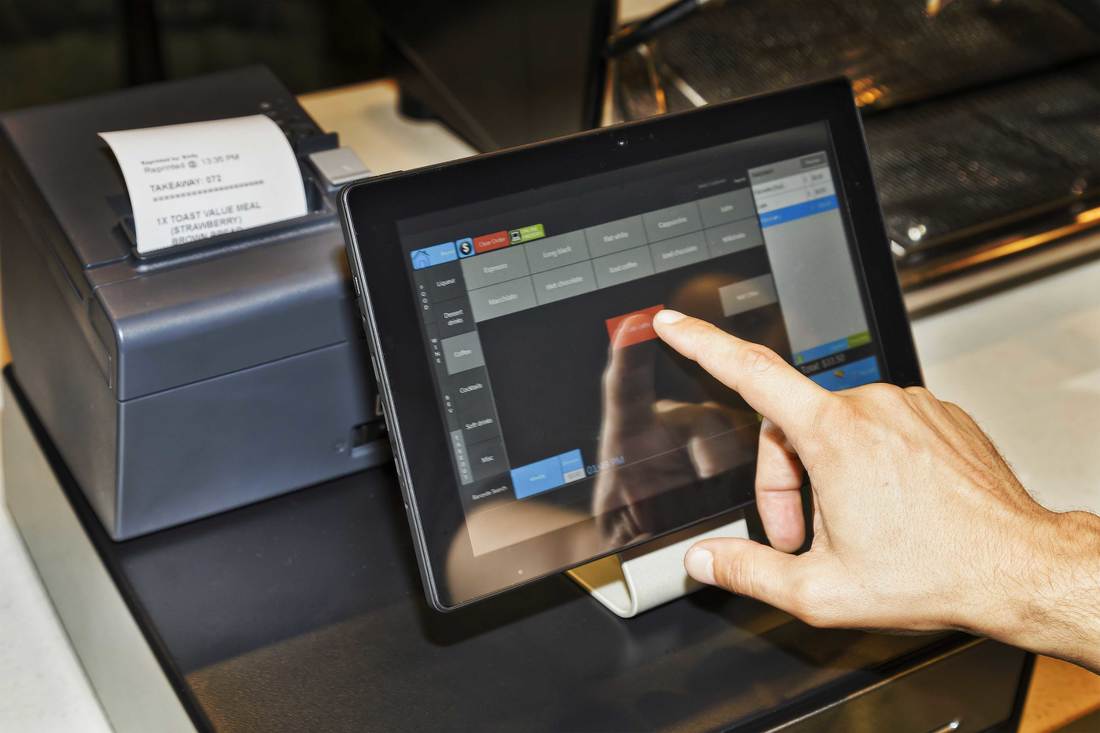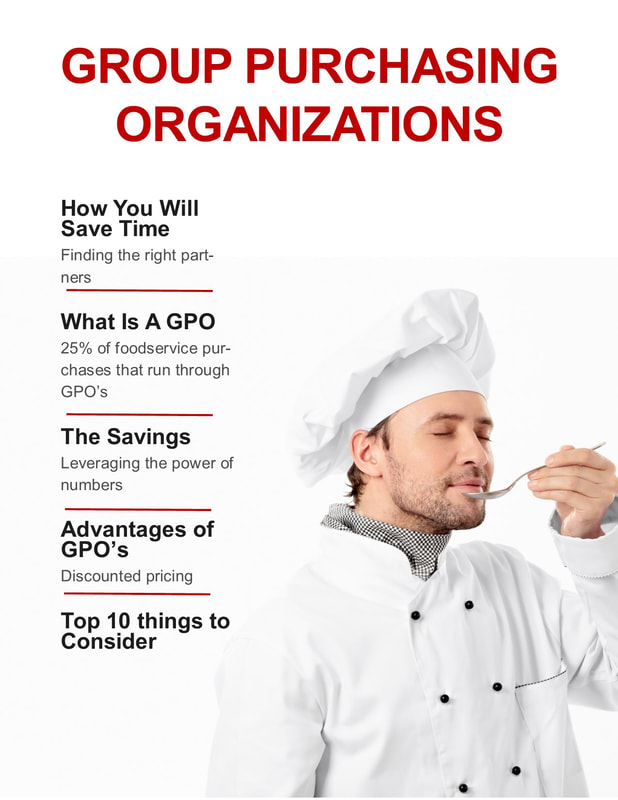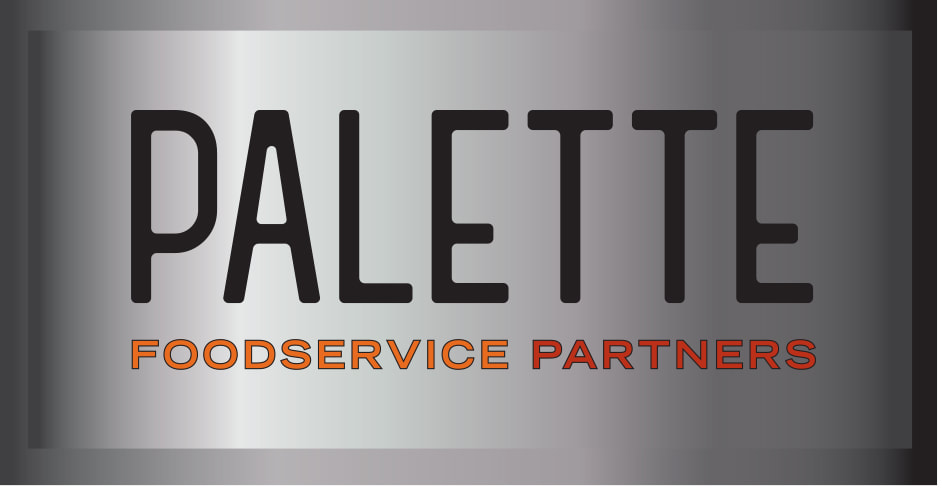|
If your foodservice operation is like most others, it has its fast-paced, all-hands-on-deck days and its slower-traffic days. Your busiest times are an opportunity for you to make up for (and more easily weather) the shortfall that can happen on the slow days. But that’s only if you forecast your sales and staff efficiently. To make sure you’re on track to maximize the opportunity of your high-traffic days, restaurant consultant David Scott Peters advises you to rank your days from busiest to slowest. Analyze your sales history for each of those days and then make staffing and ordering decisions for the following week based on those numbers. Going with your gut — say, assuming Friday and Saturday are your busiest nights when you actually bring in more sales during the Thursday happy hour — can result in under-ordering ingredients, increasing ticket times and delivering poorer service (whether you’re a full-service or quick-service operation) because you have miscalculated your inventory and staffing needs. During your busiest days, your operation should be at peak efficiency, with lower labor costs and well-managed food costs that your sales figures can best help you predict. Is that true for your business? Operating at peak efficiency on those days has the added benefit of giving you some freedom to experiment on other days — with new menu items, promotions or events that can help your business grow.
For the all-powerful millennial and Gen Z guest, it’s no longer enough for restaurants to offer a healthy menu and run an employee-friendly operation. These consumers also think about their impact on the environment and look to support businesses that try to minimize their carbon footprint. There is increasing power in using local, seasonal ingredients — as well as suppliers who share those values — and then promoting that to your guests. This goes not just for produce but for pantry staples as well, since the carbon footprint of these ingredients can be surprisingly significant. For a sense of how your menu ingredients stack up, check out the tool listed in this report from the BBC. It can help you analyze ingredients from apples to wine for their impact on the environment. For a deeper dive and a better sense of the normal environmental impact of other businesses in your industry, look to Blue Star Integrative Studio, a green business and building evaluation firm that Fast Company reports has developed its own method of tracking restaurant and supply chain emissions — then comparing the result to typical competitors in the industry. The Carbon Disclosure Project, which launched an initiative that Darden Restaurants joined, and the Climate Change Registry may offer you some helpful guidance too.
How much of a challenge is it for you to retain employees? Restaurant Insider reports that 42 percent of front-of-house employees leave within the first three months of employment and 43 percent of managers leave within the first year. While you can pour money into educational opportunities designed to retain your hires, don’t overlook some less-expensive strategies that can help you in the coming months. First, Employee Benefit News advises operators to pay attention to onboarding: Research from the Brandon Hall Group found that a well-thought-out onboarding process can boost retention by 82 percent and productivity by more than 70 percent. (Need help making that transition as smooth as possible? Consider tapping a firm like Talent Reef for assistance.) Another helpful step operators can take is to crowdsource scheduling. Workjam research found that 60 percent of hourly workers said the most difficult aspect of their job hunt was finding a position that matched their availability. It can help to allow employees to use your technology platform to swap shifts with each other (without your involvement) so they can more easily balance work with other priorities. Next, infuse some meaning into their work and show that you care about your team: Volunteer as a group to support an important cause, or engage them in efforts to improve anything from your customer service to your recycling program. Finally, Employee Benefit News advises operators to modernize their payroll. Research from the Centre for Generational Kinetics found that the majority of millennial and Gen Z workers would prefer to be paid daily or weekly, so if you’re still using a two-week cycle, making a change could increase your appeal as an employer.
It’s pretty difficult to eliminate plastic from a restaurant, but you can go further than ridding your business of plastic straws — and it will say a lot to your guests about your values. If you’re looking for a place to start, QSR Magazine suggests you first conduct an audit of your waste. Assess which items are piling up over a period of time — e.g. packaging from suppliers, disposable coffee cup lids, plastic utensils, single-use bottles. Then engage your team in brainstorming ways you can reduce, reuse or recycle your biggest waste generators. Can you eliminate your single-use plastic? How can you swap out disposable containers for ones that are either made from more eco-friendly materials or can be cleaned and used repeatedly? If you discard many types of plastic, is your team aware of how to separate those items to avoid contaminating them during recycling? The Plastic Pollution Coalition can provide tips and guidance to help your restaurant improve its practices. If you need an example to inspire you to take the next step, The Coup in Calgary, Canada is one model. Green Matters reports that the environmentally conscious efforts of its co-owners are woven through the entire operation: They replant trees through Tree Canada to offset their paper waste, recycle and compost everything possible, use BPA- and phenol-free-vitamin-C transfer paper for receipts, use metal and compostable straws, purchase with minimal packaging, and even decorate with repurposed or refinished furniture, countertops and decking.
The New Year is a good time to get your restaurant’s financial affairs in order. As you look to gain greater control over your food costs, the formula you use needs to flex to suit your restaurant category and priorities. Does yours? You could start by calculating the cost of every dish on your menu, but you’ll likely get a more accurate cost of a dish against the overall cost of running your business if you use a target based on your cost of goods sold (COGS). Depending on the type of restaurant you run, that COGS will vary. While food costs tend to fall between 28 and 30 percent of total food sales, they skew higher for full-service restaurants, which sell higher-margin alcohol and include a premium for table service, according to the accountancy and business advisory network Baker Tilly. Orderly suggests several ideal COGS targets based on different restaurant profiles. Full-service restaurants should aim for a COGS in the low-to-mid 30s and may find room to trim costs if they manage their bar costs closely and also monitor market prices of fresh, local produce. Bakeries, on the other end of the spectrum, should have a COGS in the low 20s or below — the same goes for pizza restaurants. The challenge in these restaurants is managing food waste and playing close attention to inventory so you’re not over-ordering or buying ingredients at premium prices. Pizza restaurants have the added challenge of watching market prices of fresh ingredients but can manage that with lower labor costs and the addition of higher-margin items to the menu. Ethnic restaurants should target a COGS in the high 20s. While they benefit from less-expensive ingredients like noodles, pasta and rice, they may need to rely on more specialized suppliers of sauces and spices — that’s where they’re more likely to see costs spike. In general, the more specialty offerings you have, such as premium cuts of meat or hard-to-find toppings or other ingredients, the higher your COGS will rise. That’s okay — it’s just important to look for ways to balance those costs with careful inventory and supplier management, menu innovation (especially at the bar) and labor cost management. (Need help? Team Four can advise you in these areas.)
If you’re among the many restaurants transitioning to delivery service, your POS can help you reap rewards from the data you collect from each order — but make sure you track your progress in a way that helps you respond to patterns as opposed to one-off customer complaints. For example, Modern Restaurant Management advises you to turn to your POS to assess your results as a whole: Do you have one delivery driver who is consistently late? A line worker who often misses including requested condiments in orders? Or do your soup containers leak, generating regular complaints from customers? Which items are your most profitable and which are rarely ordered at all? Reviewing your POS for patterns tied to your food, personnel, packaging and service can help you see where adjustments are needed.
In 2019, one of the top trends Technomic forecasts for the restaurant industry is a deeper consumer demand for transparency — and not just about the food you serve. There is a growing expectation from consumers that you will be up front about your packaging, health and safety, corporate social responsibility, corporate performance and other aspects of business that demonstrate your values. Perfection isn’t critical: 85 percent of participants in a Cone Communications/Echo study said they are satisfied if a company is transparent about their practices even if those practices need improvement. The benefits of transparency can range from improved health and safety reports to simpler menus to improved connections with employees and the public. To enhance the transparency of your business in 2019, look at your shortcomings and find ways to be more open and clear about how you’re trying to solve each problem. For example, Mike Husman, a coach with the executive consulting firm The Entrepreneur’s Source, said a quick-service client who struggled with long wait times (and customer complaints about them) placed a timer in the restaurant to show its average serve times, which then decreased substantially. If you struggle with a foodborne illness outbreak, get approval from your lawyer to inform people about the problem and announce the steps you’re taking to fix it. When you share financial information, help people connect the dots: How do your employees’ actions translate to more sales and visits? How does your business spend the money it earns and where are your biggest expenses and investments? Even if your employees don’t have an actual stake in your business, approach them like they do by finding ways to gather and implement their input and show how they impact the organization.
Employee morale need a boost? The New Year is a good time to retool your management approach and set a motivating tone for the months ahead. The one-on-one meeting is an ideal place to have a back-and-forth about challenges, opportunities for the employee and the learning behind the feedback they’ve (hopefully) been receiving. Feedback about behavior that needs to be changed is better delivered on the spot, soon after it happens, while status updates are best shared in daily team huddles and scorecards posted in the restaurant. The restaurant consultant Mike Ganino shared this 25-minute framework with QSR for more effective one-on-ones: First, review action items from the previous week and catch up on personal life (7 minutes), then have employee set the agenda and share items to review and problem-solve together (15 minutes). Next, recognize good work/share important company news (3 minutes), and wrap up by reviewing commitments (yours and theirs), accountabilities and action items (5 minutes). You or the employee should post notes on those items in your digital meeting invitation or in another shared document you both use to track progress. If you find that the content of your meeting could have been delivered via email, it’s likely that your one-on-one needs some adjustment. Amid busy schedules, these meetings can be easy to overlook but, done well, they go far in helping you impart values, identify what drives an employee, and build engagement and trust.
|
Subscribe to our newsletterArchives
April 2024
Categories
All
|












 RSS Feed
RSS Feed